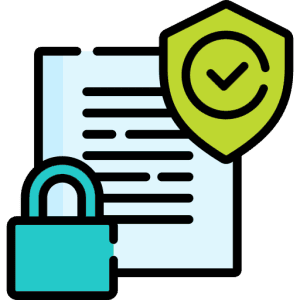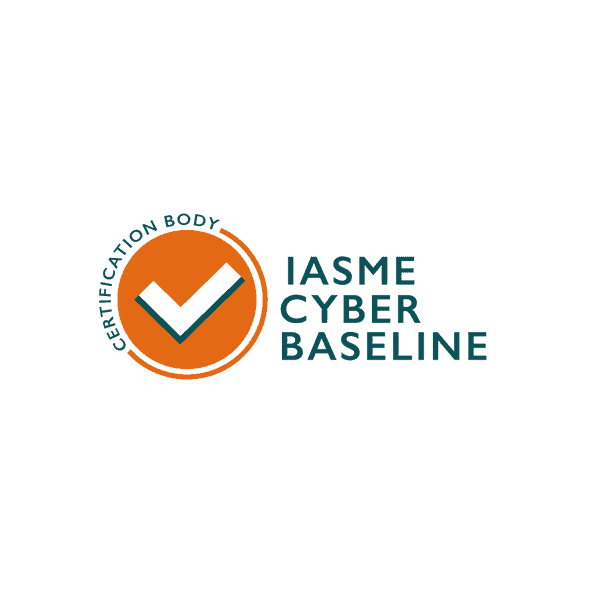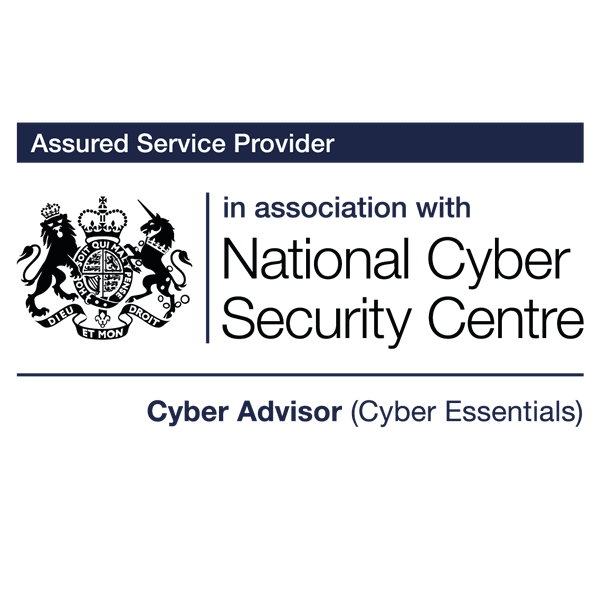How to Prevent and Mitigate a Data Breach
To Avoid Future Data Breaches, Companies Should Implement Strong Security Measures. This Article Explains How.
Implement Strong Access Controls
Limit access to sensitive data to only those who need it to perform their job responsibilities. Use tools such as access controls, role-based permissions, and multi-factor authentication to ensure that unauthorised users cannot access sensitive information.
Encrypt Data
Encrypt data both in transit and at rest to protect it from unauthorised access. Encryption converts data into a format that can only be read with the appropriate decryption key, making it much harder for attackers to exploit stolen information.
Regularly Update and Patch Systems
Keep all software, operating systems, and applications up to date with the latest security patches and updates. Vulnerabilities in outdated software are often exploited by attackers to gain unauthorised access to systems.
Train Employees
Educate employees about security best practices, such as recognising phishing attempts, creating strong passwords, and following proper data handling procedures. Regular training sessions and simulated phishing exercises can help raise awareness and reduce the risk of human error.
Implement Firewalls and Intrusion Detection Systems
Use firewalls and intrusion detection systems to monitor network traffic and detect suspicious activity. These tools can help identify and block unauthorised access attempts before they escalate into full-blown breaches.
Develop Partnerships with Cyber Security Experts
Seek trustworthy cyber security organisations and experts who can provide advice, best practices, monitoring, cyber security awareness training, consulting and cyber certifications to keep your business safe.
Secure Mobile Devices
Implement security measures for mobile devices used by employees, such as mobile device management (MDM) solutions, encryption, remote wipe capabilities, and strong authentication mechanisms.
Monitor and Audit Activity
Monitor system logs and user activity to detect signs of unauthorised access or unusual behaviour. Regularly review audit logs and conduct security audits to identify and address potential vulnerabilities.
Establish Data Loss Prevention (DLP) Policies
Implement DLP policies to prevent sensitive data from being inadvertently leaked or shared outside the organisation. Use DLP solutions to monitor and control the flow of data across networks, endpoints, and cloud services.
Secure Third-Party Vendors
Assess the security practices of third-party vendors and service providers that have access to your data. Implement contractual agreements and security standards to ensure that they meet your organisation’s security requirements.
Have an Incident Response Plan
Develop and regularly update an incident response plan that outlines procedures for responding to data breaches and other security incidents. Ensure that employees are trained on their roles and responsibilities during a security incident.






















